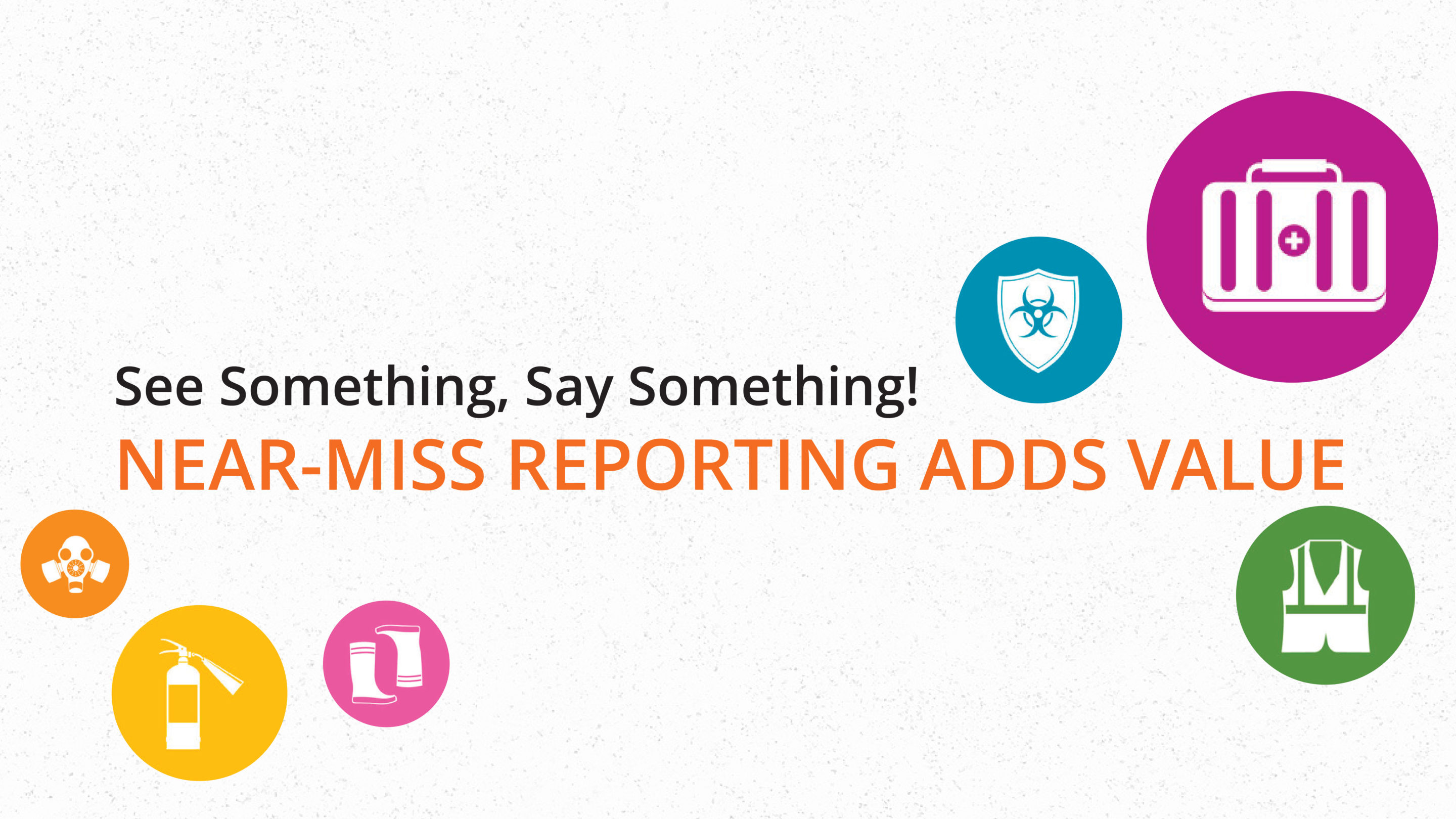Picture this: you are walking through your house carrying a cup of coffee, step over an extension cord, and try to maintain your balance. Meanwhile, another family member is walking toward you while looking down at his cell phone. To avoid the collision, you step to the side, spill your coffee, and almost knock over a bookshelf.
No one was hurt in the scenario, but there were multiple near-miss events—any one of which could have led to a severe injury. Some of you may have brushed this off as “no harm, no foul,” but we need to look at what could happen in each near-miss scenario.
A near-miss is any unplanned event that did not result in injury, illness, or damage, but had the potential to do so. By reporting near misses, we can address hazards to reduce the risk of a serious event from taking place.
Over the past two years, Dot drivers have started to share near-miss opportunities with the leadership team. In 2019, we had over 2,300 near-misses reported by over 700 individual drivers. As you know, some of these reports can lead to immediate corrective actions, while others are more complicated and require time and action plans to address.
Our goal is to continue to provide you with a platform to share your near-miss safety concerns with us, as well as look at better ways to communicate the action taken back to all of you.
Check out a few examples of our near-miss success below:
Near Miss #1
A driver was stopped at one of our Dot distribution centers (DC) and getting ready to freshen up in one of the shower areas. He looked down and saw that the bench to sit on was unstable and could lead to a fall if he chose to sit on this bench. He immediately took a picture and sent it to the corporate safety team to review.
Action Taken:
The safety team was able to reach the maintenance manager and general manager at the Dot facility. Within 15 minutes, the bench was secured, and the hazard was abated.
Near Miss #2
A driver was on a delivery to a new customer that we had not been to before. The customer had no dock, and a manual pallet jack was given to the driver to use at the facility. This customer was set up for the customer’s employees to remove the load. The driver called in to his DTI team and reported the near-miss.
Action Taken:
Replenishment and DTI communicated on the issues. The customer was called, and it was agreed upon that the Dot driver would not touch this load. This led to avoided manual pallet jack usage for the Dot driver.
These examples are just two of many near-miss success stories. Thank you all for your dedication to reporting near misses. As I have said before, we will never be able to address 100 percent of every near-miss you share with us. But without your sharing, we will not have the information needed to focus on continuous safety improvement. Please continue to keep Safety, Always on Your Mind! and share near-misses frequently.
Enjoy this blog? Want more information about joining the Dot Transportation team?
Fill out this form and the Dot Transportation recruiting team will get in touch with you!
